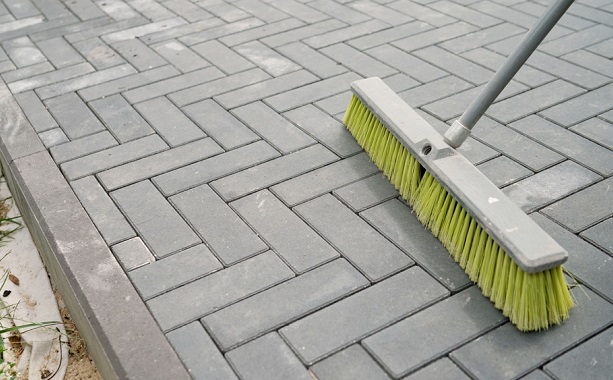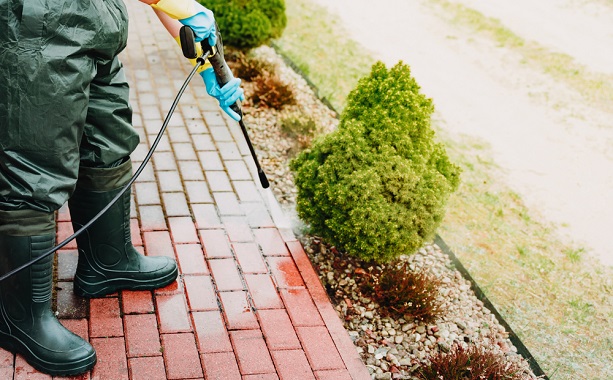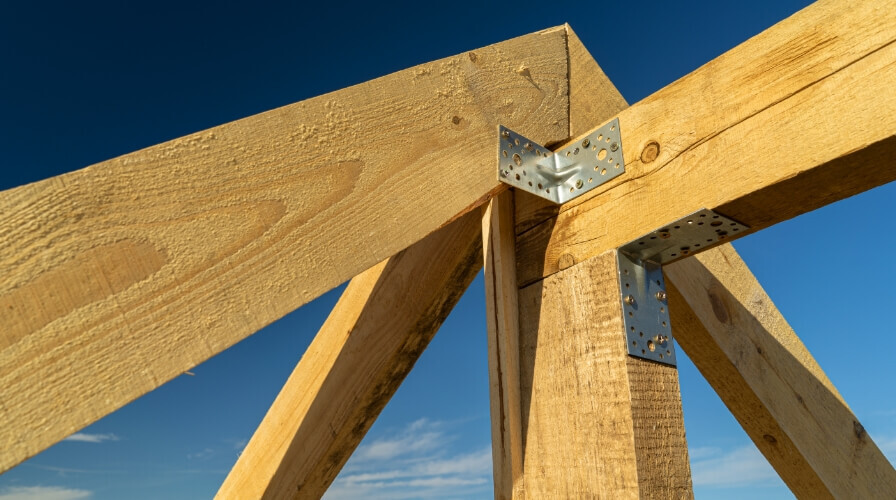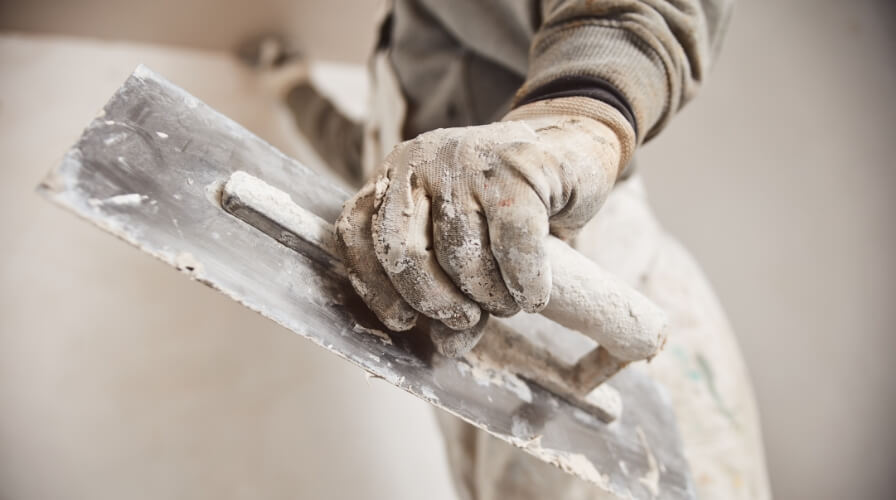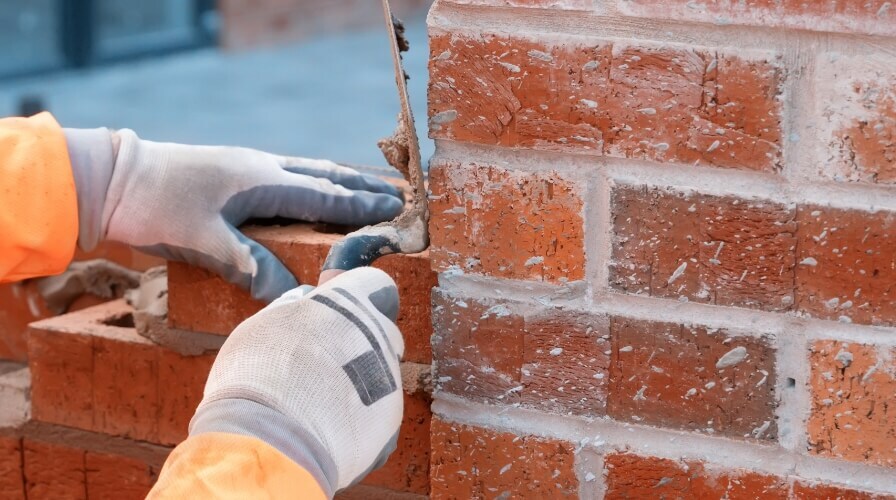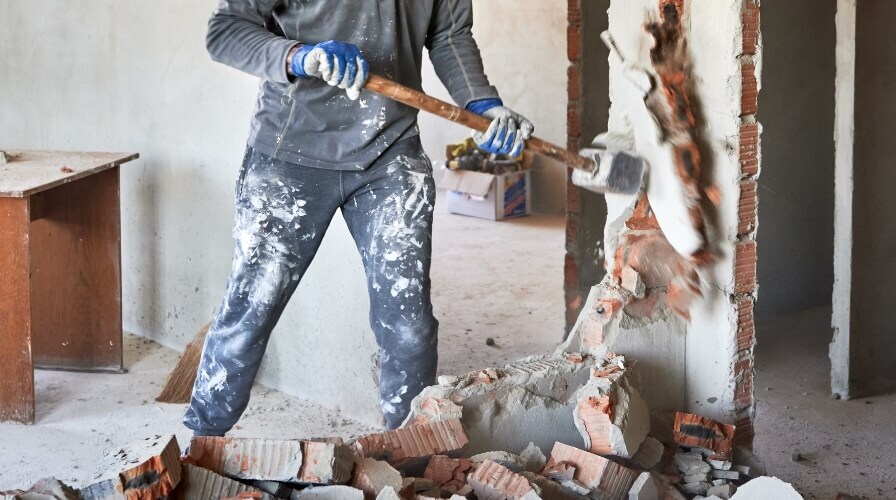Steam clean
Another popular approach is steam cleaning, an effective method for removing dirt from block paving to reach deep into the cracks of the blocks for a deep clean.
While steam cleaning takes more time than other methods, it’s good at tackling stubborn stains caused by oil or tyre marks. Steam cleaning machines are often big and tricky to move around, so most opt to bring in professional steam cleaning experts to handle the job. These people are experienced in operating the equipment and used to dealing with any minor complications.
Block paving cleaner
Block paving cleaner is specifically made to remove dirt, moss, mould, and algae from block paving surfaces. However, using this cleaner might not deliver the desired result if your area has a large amount of dirt and debris.
Different block paving cleaners contain various chemicals, so prioritising safety during cleaning is crucial. Always follow the manufacturer’s instructions and wear appropriate protective clothing as recommended. If at all unsure, speak with a specialist in the area.
Instructions for using different types of block paving cleaners can differ. While some can be applied and left to work on their own, others may require specific equipment for application.
Remember that any product involving chemicals carries the risk of causing long-term damage. Make sure to be cautious and approach the cleaning process carefully to prevent any issues.
How to remove oil from block paving
Dealing with oil stains can be challenging, as they’re tough to get rid of.
Steam cleaning is one way to tackle stains. However, there are some other things you can try too. You might consider using a special cleaner for paving designed to fight grease, along with a brush with tough bristles like a Brushware Scrubbing Brush. This approach will require some firm scrubbing, and you might have to repeat it a few times, but it should make the oil stain look much better.
How to stop sand washing out of block paving
Losing sand from your block paving is a common issue, often triggered by different weather conditions or forceful cleaning.
No need to worry — there are methods to avoid sand loss:
- Seal the paving: This step is typically taken after laying the blocks. It involves applying a protective sealant to the paving.
- Refill the gaps: Using a high-quality jointing compound will cost money, but it's a simple process that helps keep pesky weeds away.
- Regularly add sand: To maintain the sand level, periodically add kiln-dried sand into the gaps. This task might seem a bit tedious, but it's effective.
By following these steps, you can ensure the sand stays where it belongs, providing stability to block paving.
When it comes to cleaning block paving, it’s important to know it might take time and energy, particularly when dealing with tough stains.
If you’re a homeowner, taking a closer look at your specific situation will help you decide whether it’s something you want to tackle on your own or if it's best to bring in the experts.
